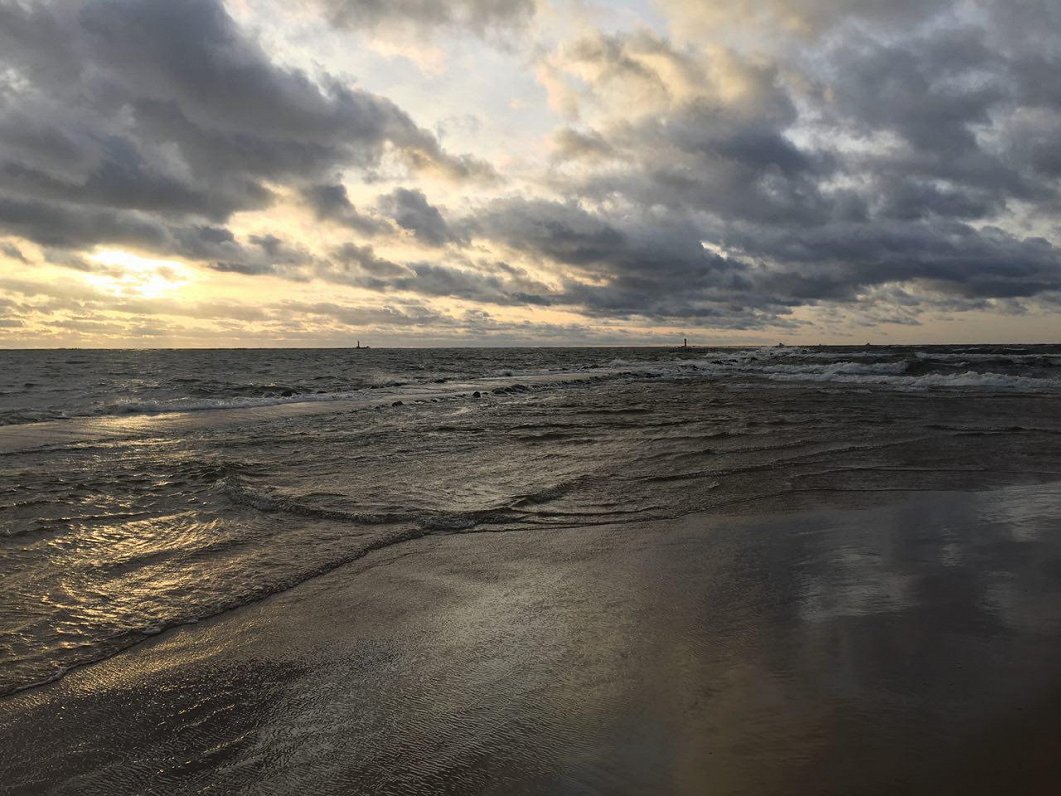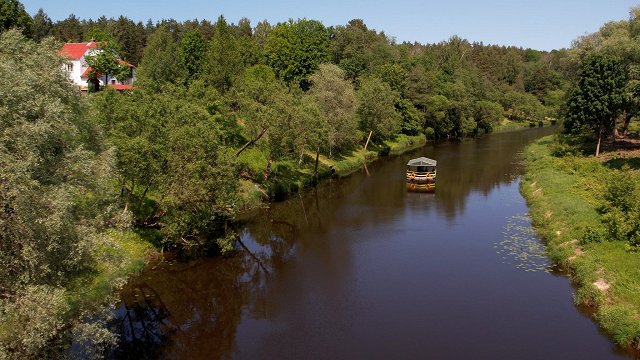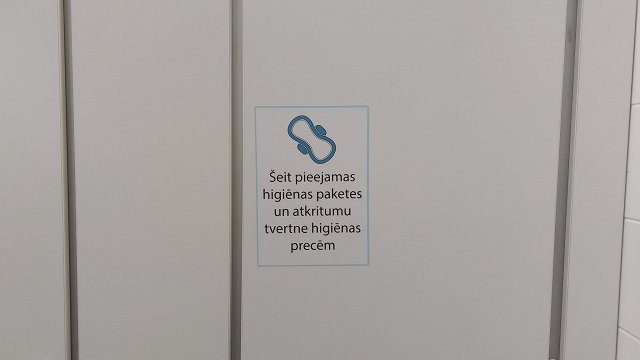Satellite measurements show that absolute sea level in the Baltic Sea is rising by an average of 3 to 5 millimeters a year, while in other parts of Europe, sea and ocean levels are rising by an average of 1 to 4 millimeters per year.
As the lands around the northern Baltic Sea in Finland and Sweden continue to rise due to the post-glacial rebound, the relative sea level along the Finnish coastline, most of the Swedish coast and also in parts of Norway continues to decrease.
In the Baltic countries, meanwhile, the relative sea level has been rising by 4 millimeters a year on the average, which is one of the fastest increases in Europe.
If humanity fails to reduce greenhouse gas emissions quickly and global climate change becomes more severe, relative water levels along the Latvian coast are expected to rise by about 50 centimeters by the end of the century. Relative water levels in the northern Baltic Sea will continue to decrease, while in the south of the sea the water levels are expected to increase even more than at the Latvian coast.
Along most European coasts the relative sea level is expected to rise by 0.5-0.8 meters by the end of the century, with the Netherlands expected to record the fastest rise. Moreover, the possibility of the water levels increasing even higher is not ruled out.
The EEA points out that global sea level is rising mainly due to the melting of glaciers and the thermal expansion of the oceans, and that in recent years, it has been the melting of glaciers that has contributed most to the rising water levels.
Forecasts suggest that water levels will continue to rise well beyond 2100. The worst-case scenario is that in 300 years, global water levels will increase by more than five meters on the average.
Rising sea levels are associated with greater coastal erosion and more frequent floods, particularly during storms. Water levels in the lower reaches of rivers are also rising, where due to more frequent floods the coastline may be altered.
Losses from coastal floods in Europe will increase manifold unless adaptation measures are taken, concludes the EEA.































